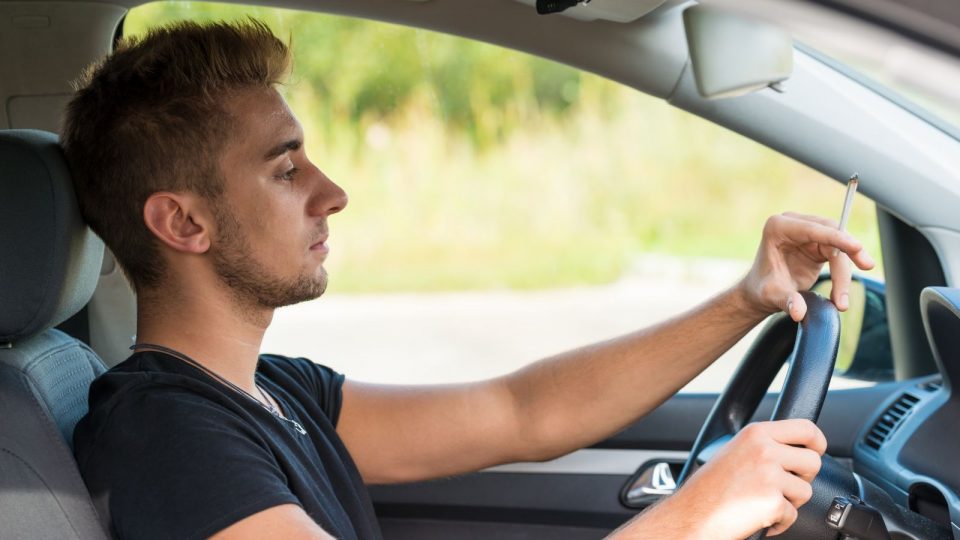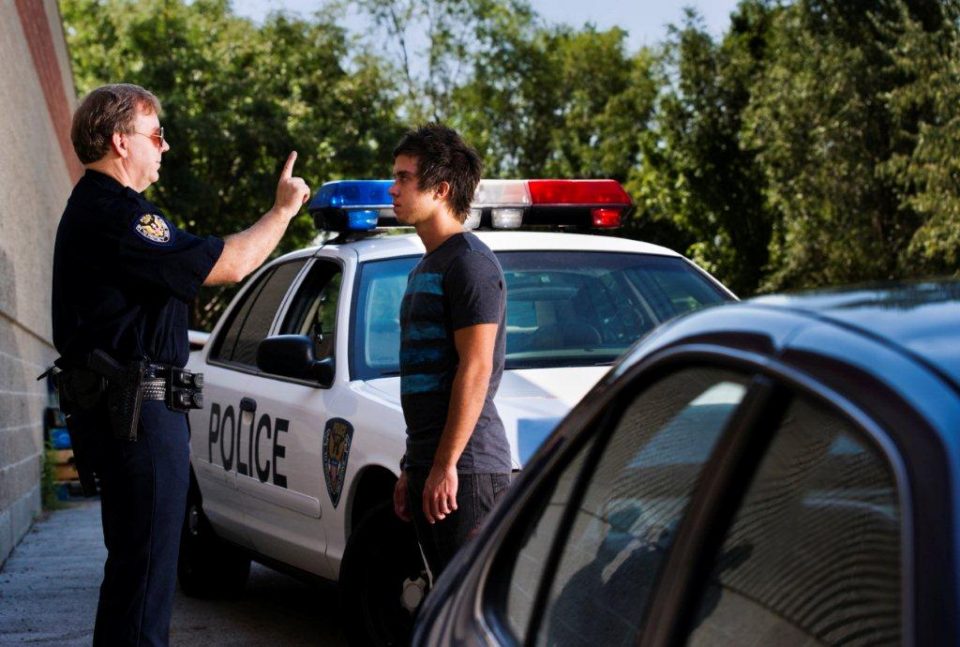- WE SAVE LIVES
- info@wesavelives.org
Common Questions and Answers on Drugged Driving
Slides on Florida’s Drugged Driving Problem
September 18, 2016Distracted Driving In US Is Deadly
September 18, 2016Common Questions and Answers on Drugged Driving
How are drug per se laws enforced?
Drug per se laws vary by state. A law officer must have reasonable suspicion that a person has committed, is committing or is about to commit a crime in order to stop a driver (e.g. erratic driving, traffic infraction, crash) before an investigation for drug use can begin. The officer will perform a Standardized Field Sobriety Test (SFST). If an officer determines there was probable cause based upon the evidence, the driver is arrested, transported to the police station and tested. Typically if a driver has an illegal blood alcohol concentration (BAC), at or above 0.08 g/dl, a drug test is not administered. If a driver does not have an illegal BAC, a drug test may be administered, using either urine or blood samples, or both, depending upon the law. Unfortunately, this doesn’t happen as often as it should. When it doesn’t, many of these cases are then dismissed, leaving the drugged driver free to continue his/her dangerous behavior.
If the laboratory tests reveal drugs in the driver’s system in concentrations that are prohibited by law, then the driver is charged with driving under the influence of that drug (DUID) or (DWI). The presence of the drug or drugs is per se evidence of drugged driving.
What about medical marijuana?
Marijuana is not approved by the Food and Drug Administration (FDA) nor is it distributed through professional pharmacies. Therefore, marijuana remains a federal violation of the regulations by the U.S. Department of Transportation for all commercial drivers, even in states which permit “medical marijuana.” States with “medical marijuana” may address this issue with their own laws.
The following states have drug per se laws and medical marijuana:
- Arizona – exempts “a person using a drug prescribed by a medical practitioner” from its per se clause. This does not exempt medical marijuana, since it is not prescribed.
- Rhode Island – there are no provisions to exempt medical marijuana or prescribed drugs
- Delaware – per se law applies only to “unlawful” use of prohibited substances
- Michigan – no exceptions provided for medical marijuana
- Nevada – Establishes a permissible limit of 2 ng/ml in whole blood for delta-9-THC and 5 ng/ml in whole blood for carboxy-THC
- Colorado established a 5 ng/ml permissible blood limit for delta-9-THC.
- Washington has a 5 ng/ml per se limit for THC in adults and zero tolerance for THC in minors.
- Montana has a 5 ng/ml per se limit for THC in all drivers.
How was the 0.08 percent Blood Alcohol Concentration (BAC) limit for alcohol per se laws determined?
Today’s 0.08 percent BAC limit for alcohol was not scientifically determined; it was politically determined, with scientific help. Although it is illegal in the US for any driver age 21 or older to drive with a BAC of 0.08 percent or higher, other countries use far lower limits. Many European countries use a 0.05 percent limit. Sweden uses 0.02 percent and Poland uses 0.03 percent. Yet, the science on which these numbers were based is the same. The different standards between the countries were determined by politics and policy.
Laboratory tests on human volunteers demonstrated that impairment could be seen at BAC levels as low as 0.02 percent. Impairment was very minimal at low doses and increased as the dosage was increased. Due to normal biological variability, the increase in impairment was not uniform with all subjects. Reviewers of the data in the US determined that a dosage of 0.08 percent was a reasonable number to define for all adults an unsafe level of impairment. Reviewers in other countries settled on different numbers based on their cultural norms.
In the US, this means that for any driver, a 0.08 percent BAC is per se evidence of drunk driving. For many drivers a BAC of less than 0.08 percent is impairing. Likewise, some alcohol-tolerant drivers may not demonstrate the same level of impairment at 0.8 percent BAC. This means that a DUI suspect who has a BAC of 0.07 percent would not be guilty under an alcohol per se law; however, that driver and any DUI suspect with less than 0.08 percent BAC can be prosecuted under the impairment prong of the law where evidence must be provided to demonstrate impairment. The 0.07 percent BAC is not sufficient evidence to prove impairment.
Some opponents of drug per se laws cite the lack of scientific consensus of drugs’ dose/impairment relationship as sufficient reason not to adopt drug per se laws. However, as discussed here, even though scientific consensus exists for alcohol impairment as it does for drug impairment, the politics and policies may differ from one jurisdiction to another.
How many DUID (Driving Under the Influence of Drugs) charges result in guilty convictions?
This information was not available for Florida and it should be.
Can urine tests be used instead of blood?
Urine tests indicate past history of use and do not indicate present impairment, however, the emerging technology indicates oral fluid testing as a viable and sometimes preferred alternative. It is a ‘non-invasive method of sample collection, eliminating gender requirements. There is a strong correlation with impairment and it not only detects recent drug use but the parent drug as well. It decreases potential use of adulterants or specimen tampering and oral fluid analysis can detect drugs within minutes, and for up to 3 days depending on the drug class.
Now that medical marijuana seems likely in Florida, how will the oral fluid method of testing help or be an improvement over current testing of blood and urine?
The availability of medical marijuana will likely increase the incidence of driving under the influence. An oral fluid test can be conducted at the roadside, proximate to the traffic stop, empowering officers to identify drugged drivers and remove them from the roads in a timely manner, increasing road safety and saving lives. Currently tested biological specimens such as blood and urine are collected much later than the traffic stop allowing drugs to dissipate from the body.



